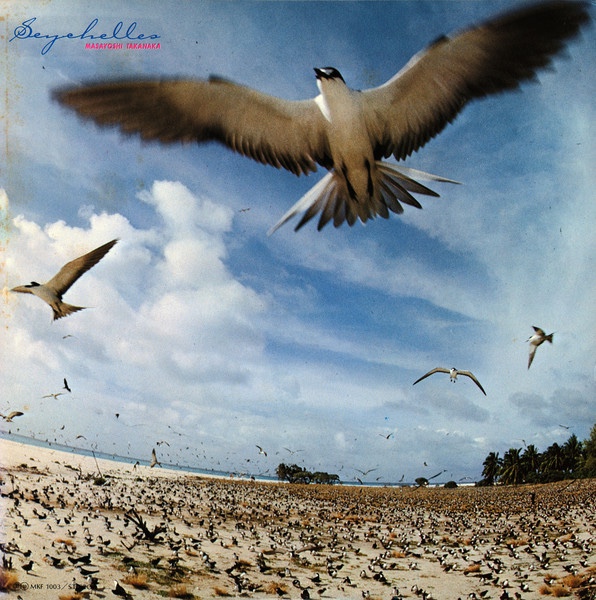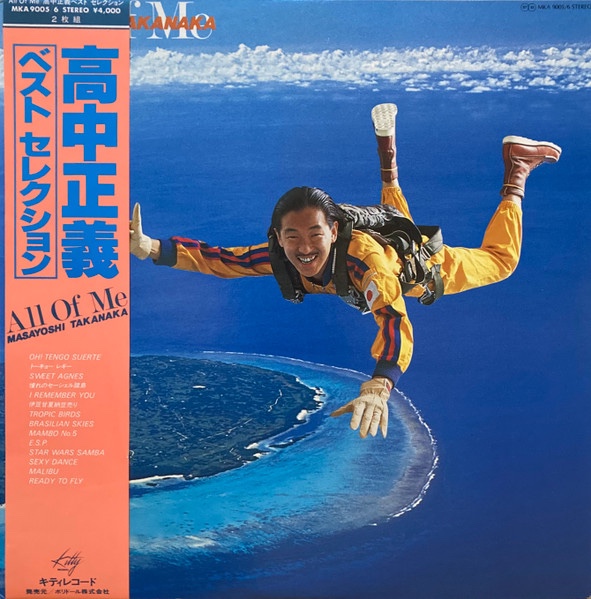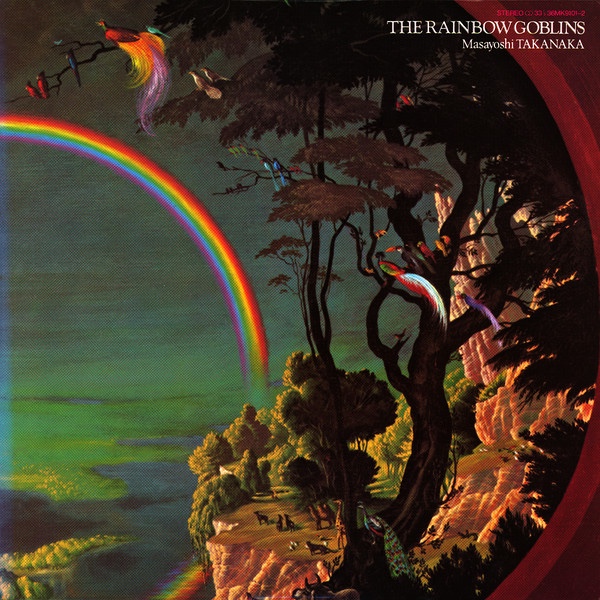

I’ve always loved discovering new music. New to me, that is. I don’t care how old it is. And often I find I like older stuff better than contemporary stuff anyway.
Well, today is a blessed day, that way, as I’ve just stumbled upon the amazing 1981 album Rainbow Goblins, by Japanese guitarist Masayoshi Takanaka.
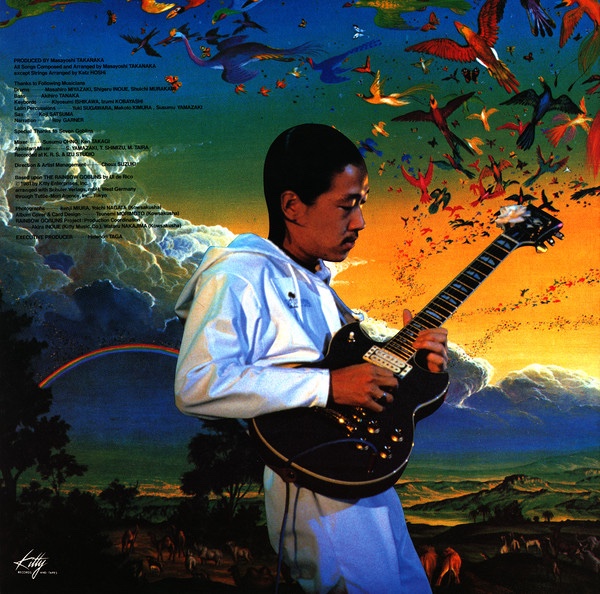
I only found out about it today. And after listening to a few tracks on YouTube, I decided I had to buy the CD. I’ve ordered a copy via Amazon, and it was a bit pricey for a skint skinflint like me, (Jap import, over £20!). But it’s totally stolen my heart.
Indeed, from the little else of Takanaka’s stuff I’ve heard since discovering this, I think I’ll be buying more of his music. But I’ll get to that later. For now I just want to testify to how much I dig this incredible album.
Apparently the album is a concept double album – very prog! – based upon a Children’s’s story, about seven ‘rainbow goblins’. The story, by an Italian (poss a Count!?), Ul de Rico, is where the cover art comes from. I’ve ordered a copy of that as well!

I have to give an honourable mention to arranger Katsu Hoshi, for the strings, and – presumably? – the incredible orchestral Prologue, which sets up this dreamy album perfectly. Is the album credit, in the name ‘Katz’ Hoshi, a sly reference to Steely Dan’s Gary Katz, perhaps?
There’s even an English language spoken narration, by a chap called Roy Garner. For a Brit it’s particularly nice to hear an English narration from beyond these shores that isn’t an American or transatlantic accent. I feel right at home in rainbow goblin land!
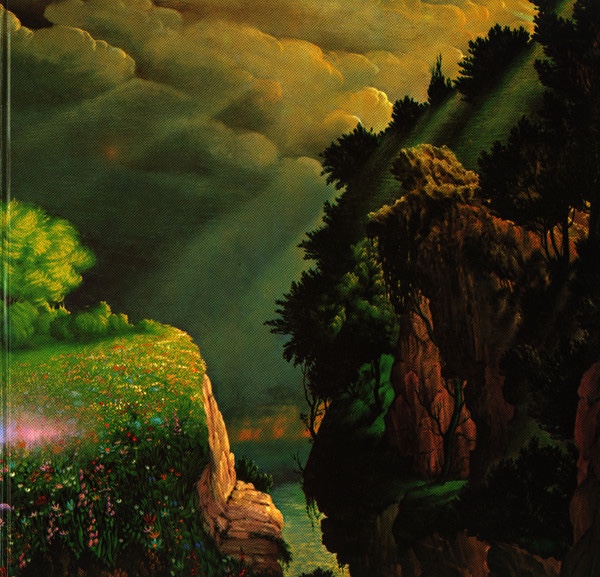
The music has a childish and delightfully goofy innocence at times. But as it’s all played by top notch sessionistas and jazz fusion musos, it also has a beautiful late 1970s – think Creed Taylor’s CTI, but filtered through a Japanese Teletubbies filter! – sophistication.
Man, I totally dig it! The music itself runs an appropriately broad and colourful gamut, from the orchestral opening, to the twinkling ambience of Rising Arch, or the hard jazz funk of Seven Goblins or Plumed Bird to the rockier edge of Thunderstorm, or the totally out there fusion of tracks like Rainbow Paradise, which morphs through several genres, and yet defies any single categorisation, this album is quite a trip!
Regarding the last category – ‘all over the map’ – after the nutty ‘goberins, goberins, goberins, goberins…’ vocal intro of Seven Goblins, The Sunset Valley is almost like the kind of music and melodies you might imagine hearing piped into a Japanese shopping mall in the ‘80s! Elsewhere there’s a bit of reggae (Just Chuckle), some Latin vibes… and the whole lot is sprinkled with disco fairy dust, from occasional grooves to the vocoder’d vocals.
As I’ve remarked already… simply astonishing!
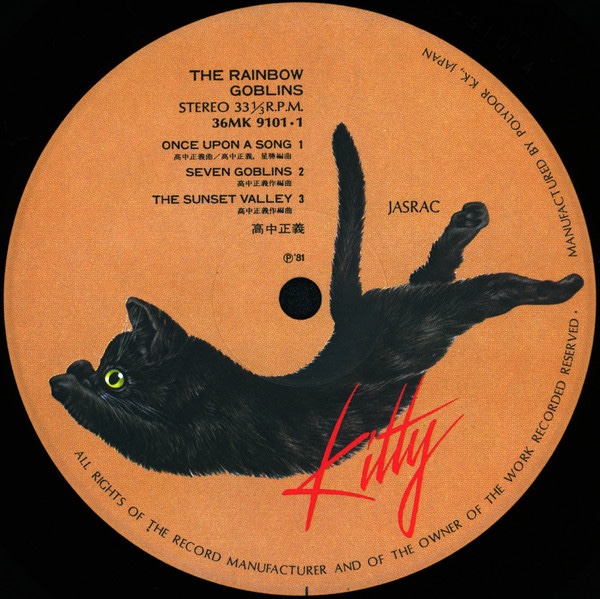
Some of Takanaka’s ‘70s recordings feature US players, like Abe Laboriel, Harvey Mason and even the Tower of Power horns. But this amazing album is, I believe, an entirely Japanese affair. And these Kitty cats sure can play!
What a truly sublime and astonishing recording. I’ve definitely found a new love. Oh, and the album artwork is perfect! And how cute is that Kitty record label logo!? I can see that I need to dive deep down the J-Jazz-Fusion wormhole!
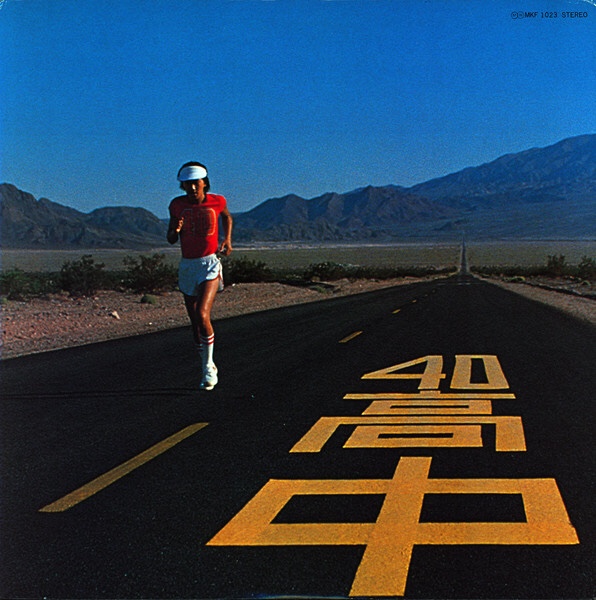
FURTHER EXPLORATIONS!?
Takanaka produced a ‘prequel’ White Goblin album, many years later. Might that be any good? I have no idea! But having listened to some stuff from his earlier albums, I’m pretty sure that I’ll really dig them, so his Seychelles, Brazilian Skies, and the sublimely titled An Insatiable High all beckon, as does his 1979 compilation album All Of Me.
